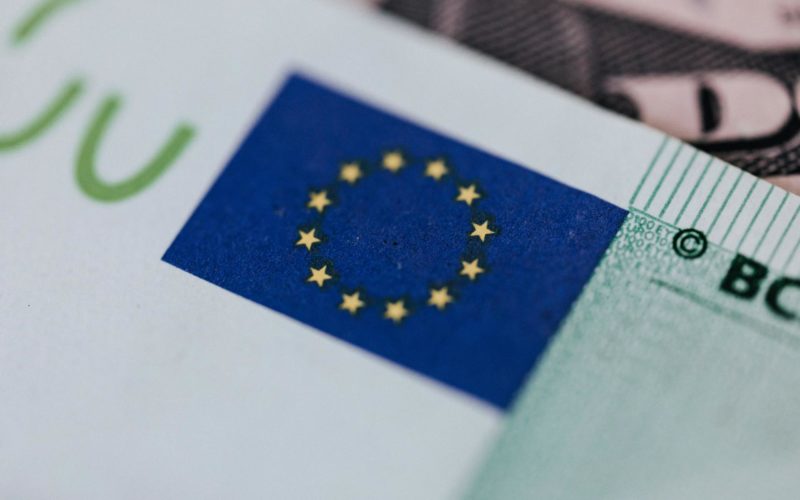We live in a fast-paced world, and the financial system needs to keep up. Outdated banking standards have given way to innovative financial networks designed to make sending and receiving money faster, more secure, and more convenient.
If you operate in Europe, you’ve likely heard of the Single Euro Payments Area — or SEPA. Anyone who tried sending money across European borders before SEPA knows how inefficient the old system was. Payments were often delayed, transfers could take up to a week, and fees were sky-high.
SEPA changed that. By becoming the European standard for cross-border transactions, it quietly revolutionized the way banking works, making cross-border transfers as easy as local ones.
So, what exactly is SEPA, and why does it matter so much for businesses and individuals in Europe? Let’s take a closer look.
What Is SEPA?
To take full advantage of SEPA, it’s important to understand how this banking network works. SEPA is a European payment integration initiative created by the European Union to simplify euro-denominated bank transfers. It isn’t new — the system was launched in 2008, and over the years, more countries have joined.
Today, there are 40 countries in the SEPA zone: 27 EU member states and 13 non-EU participants, including Albania, Moldova, Montenegro, and North Macedonia, which joined in October 2025.
Before diving deeper into SEPA, it’s worth checking whether your country is part of the network. You can consult the SEPA country list for more information.
In simple terms, SEPA allows anyone with a bank account in participating countries to send and receive euros across borders as easily as domestic transfers. Payments are usually processed within one day — sometimes faster — and fees are significantly lower than for other cross-border transactions.
Benefits of SEPA For Businesses and Individuals
1. One Payment System, One Standard
Before SEPA, every country had its own payment system, with unique rules, codes, and sometimes even currencies. This slowed down cross-border transactions, increased costs, and created unnecessary friction.
SEPA unifies European countries under a single standard using IBAN and BIC codes, ensuring compatibility across borders. The result is fewer mistakes, faster transfers, and a much smoother banking experience.
2. Faster Transfers Across Europe
Speed is one of SEPA’s greatest advantages. Standard SEPA transfers typically take one business day — a major improvement over pre-SEPA timelines.
Even more impressive is SEPA Instant Payments, which allow money to move between bank accounts in under ten seconds across all member countries. That’s faster than most domestic transfers just a few years ago.
3. Lower Costs (Goodbye, Hidden Fees)
SEPA transfers are designed to be cost-efficient. Individuals and businesses no longer have to pay hefty fees for euro transactions, as the network eliminates many of the intermediaries involved in traditional cross-border payments. This means more money stays in your account instead of being lost to hidden charges.
Before SEPA, international transfers across Europe were expensive because banks had to communicate with foreign institutions using different systems and standards. Today, SEPA transfers cost the same as local ones — and in many cases, even less — providing a transparent and affordable way to move money across borders.
4. Boost for Businesses and E-Commerce
In a digital economy, speed and efficiency are crucial for businesses. For companies operating in multiple European markets, SEPA is a game-changer.
The network simplifies payroll, supplier payments, and customer refunds — all within a unified, standardized framework. Funds from customers are typically received within one business day, reducing financial bottlenecks. Lower transaction costs also help bring down product and service prices, while simplified reporting makes compliance and tax management easier.
5. Transparency and Trust
By unifying payment systems across Europe, SEPA has made cross-border transactions far more transparent. Transfers include clear details about both sender and recipient, along with reference numbers that make reconciliation effortless.
SEPA also operates under a robust regulatory framework established by the European Payments Council and is overseen by EU financial authorities. This governance fosters trust and consistency across all member states.
6. Supporting the Future of Fintech
SEPA isn’t just a step forward for traditional banking — it’s helping shape the future of fintech. Many digital payment platforms, neobanks, and international money transfer services, such as Genome, rely on SEPA’s infrastructure to operate efficiently across Europe.
The network’s standardization also encourages innovation, making it easier for new fintech solutions to enter the market. As SEPA continues to evolve, we can expect even more advanced features and integrations that enhance cross-border payments and digital finance.
Without a doubt, SEPA stands among the most impactful financial innovations in modern Europe — perfectly suited to a world where digital commerce and international work are the norm.












